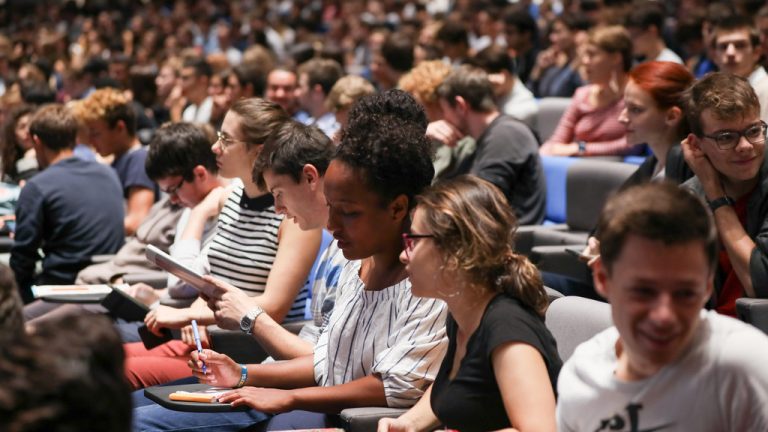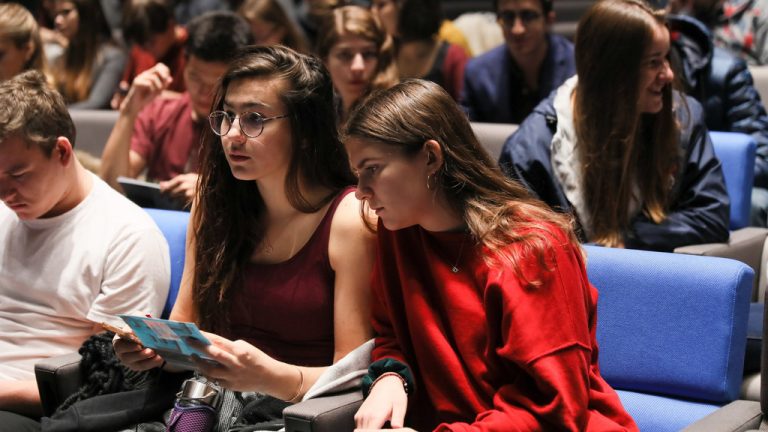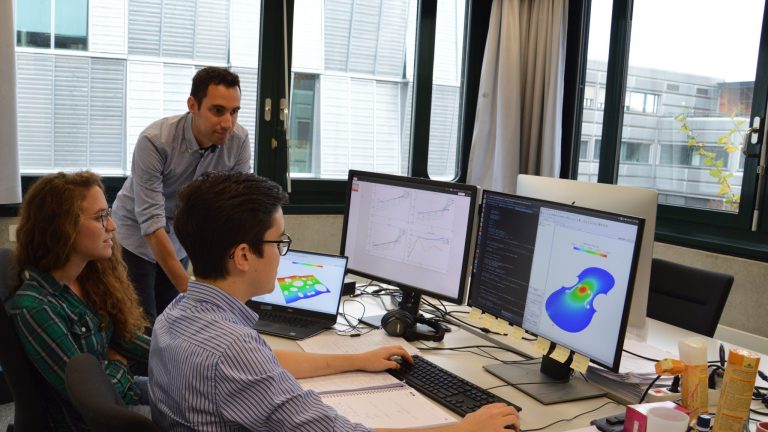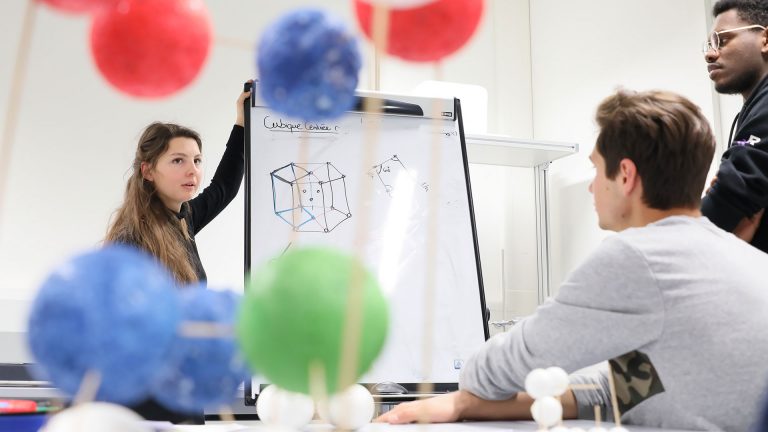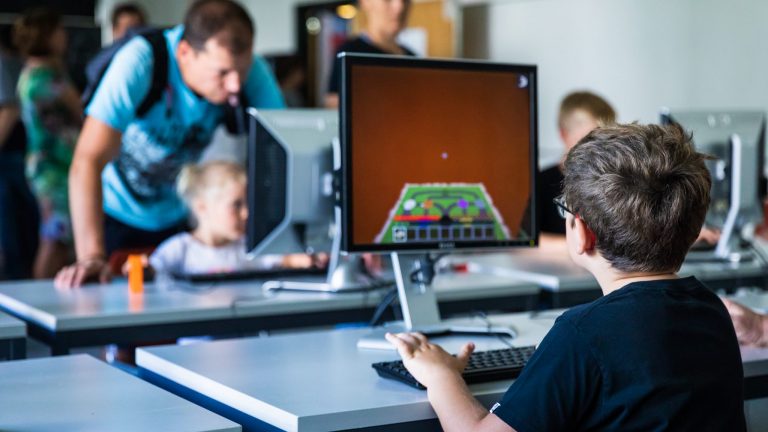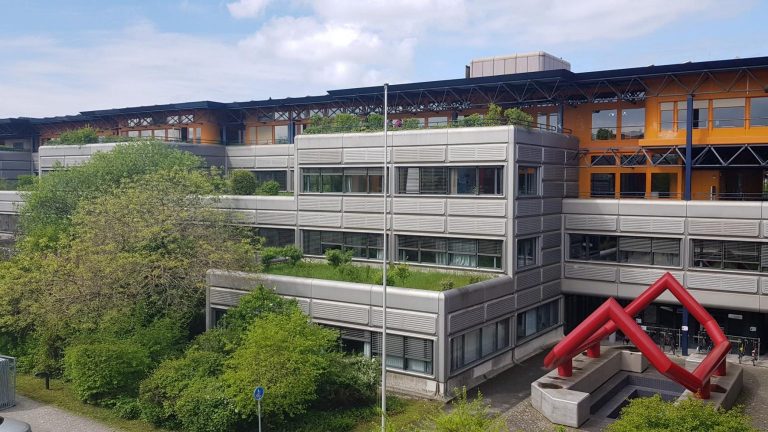Mathematics Section (SMA)
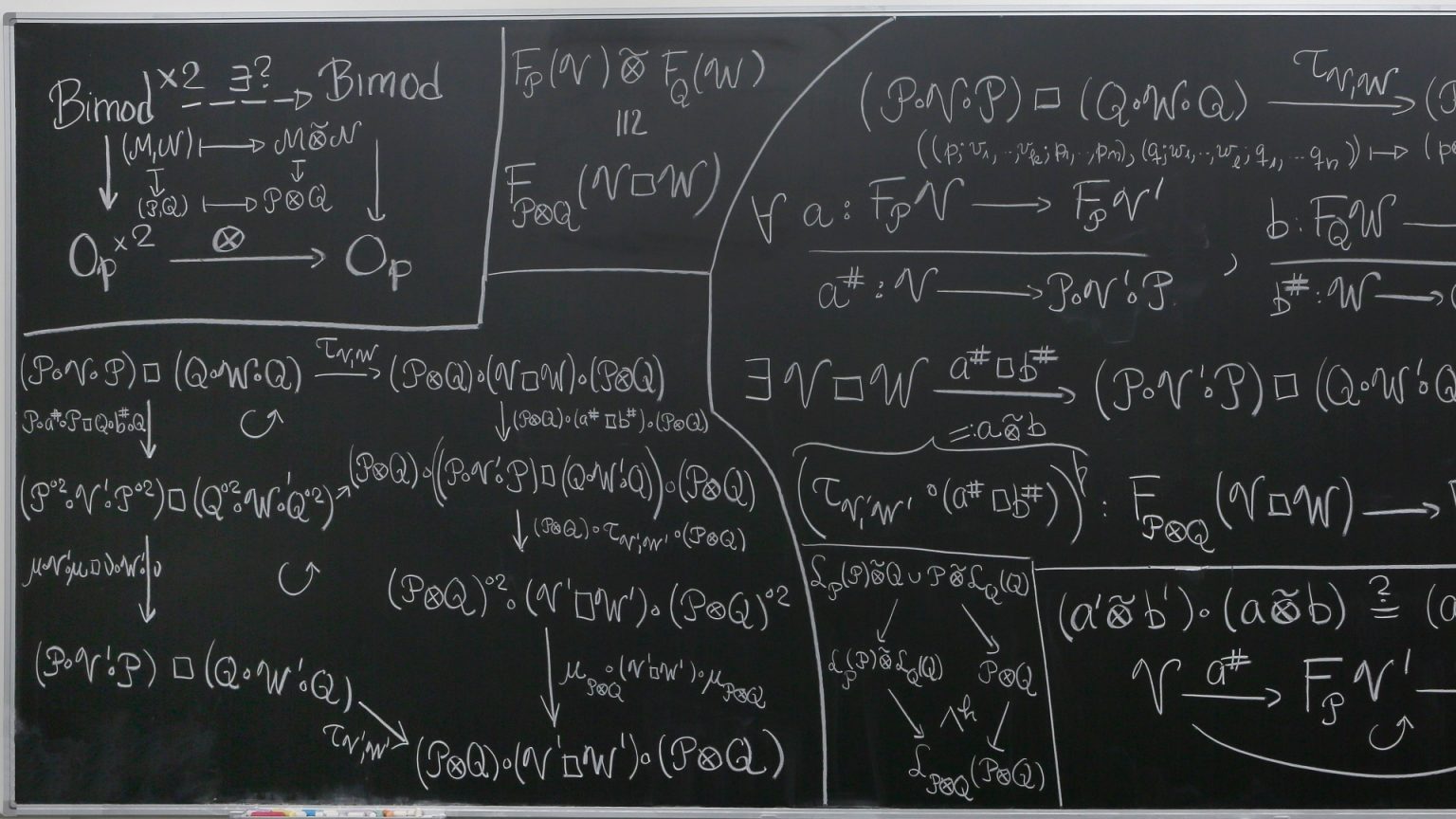
The Mathematics Section (SMA) is a unit in charge of teaching mathematics at École Polytechnique Fédérale de Lausanne (EPFL). It is part of the School of Basic Sciences (FSB). The goal of the SMA is to teach mathematics to the students of the whole EPFL and of several faculties at the UNIL, as well as to the students of the Haute Ecole Pédagogique
USEFUL LINKS
- Wiki of the section
- Intranet de la section
- Coaching
- Is-Academia (schedules for courses and exams)
- Internships portal
- Excellence Fellowships
- Study plans and rules proper to the sections
- Directives about citations and copyright
- Polylex : common study regulations
- Individual support
Studying at epfl
Study programs’ overview, practical info, admission criteria and application.
Contacts
Section de mathématiques
Directeur
Adjointe de Section
Secrétariat de la section
Valérie Kormann
Tél. +41 21 693 25 65
Tél. +41 21 693 25 65
Sara Frulloni
Tél. +41 21 693 26 86
Tél. +41 21 693 26 86
Tél. +41 21 693 73 63
Adresse:
EPFL FSB SMA- GE
Station 8 – Bâtiment MA
CH-1015 Lausanne
Station 8 – Bâtiment MA
CH-1015 Lausanne
